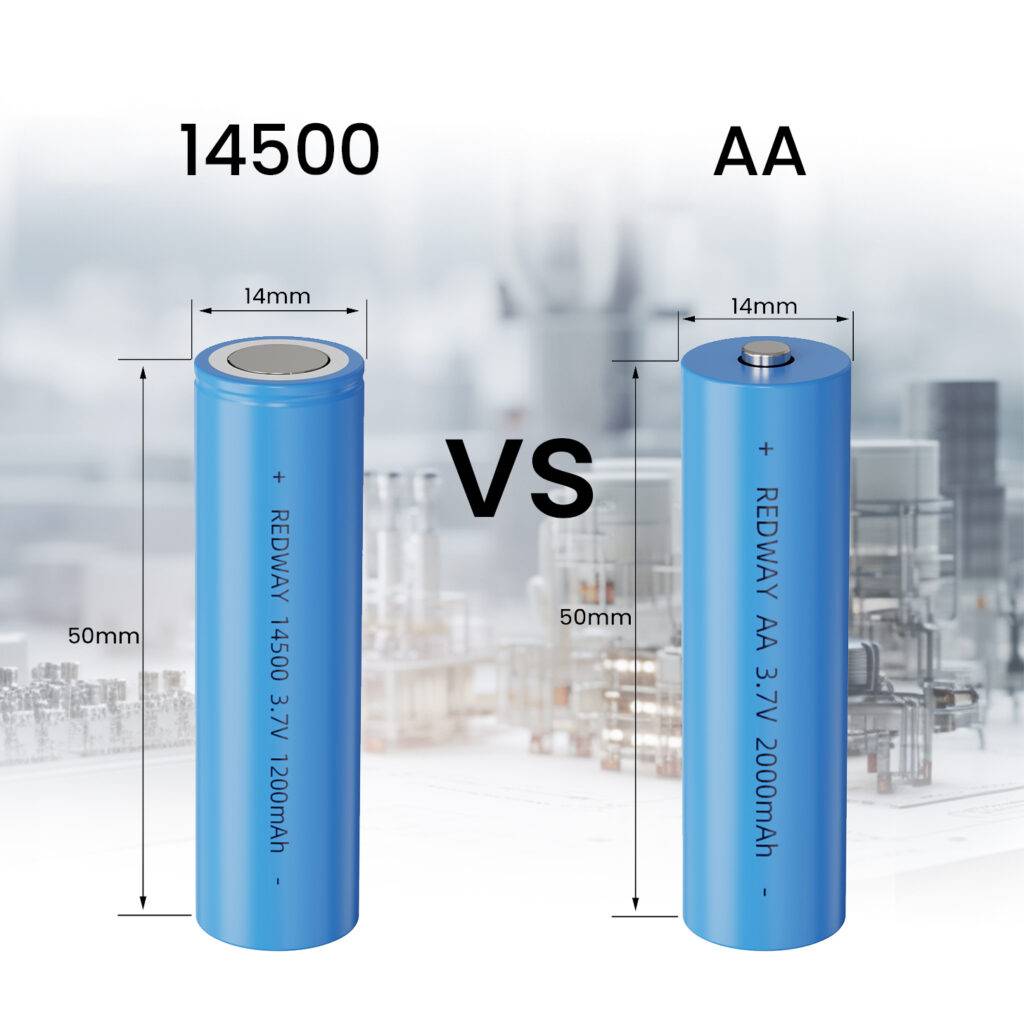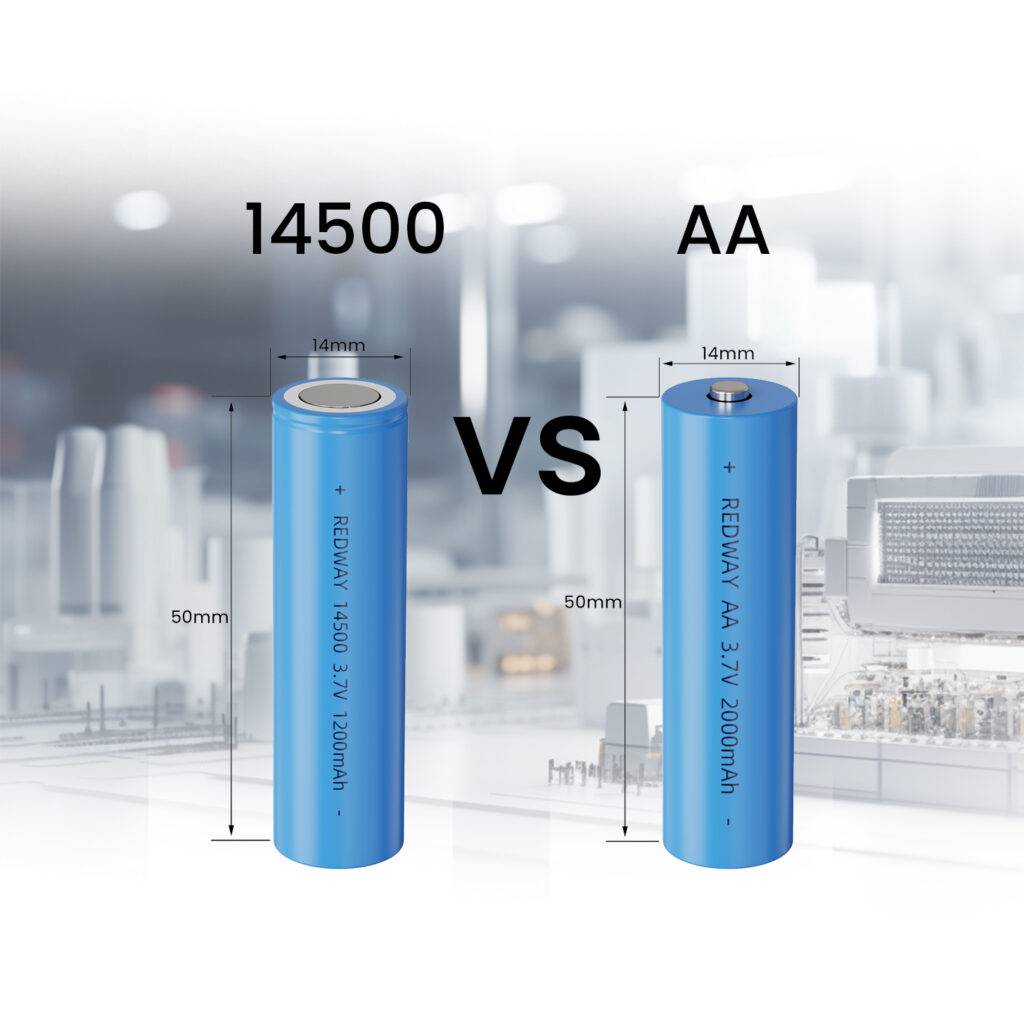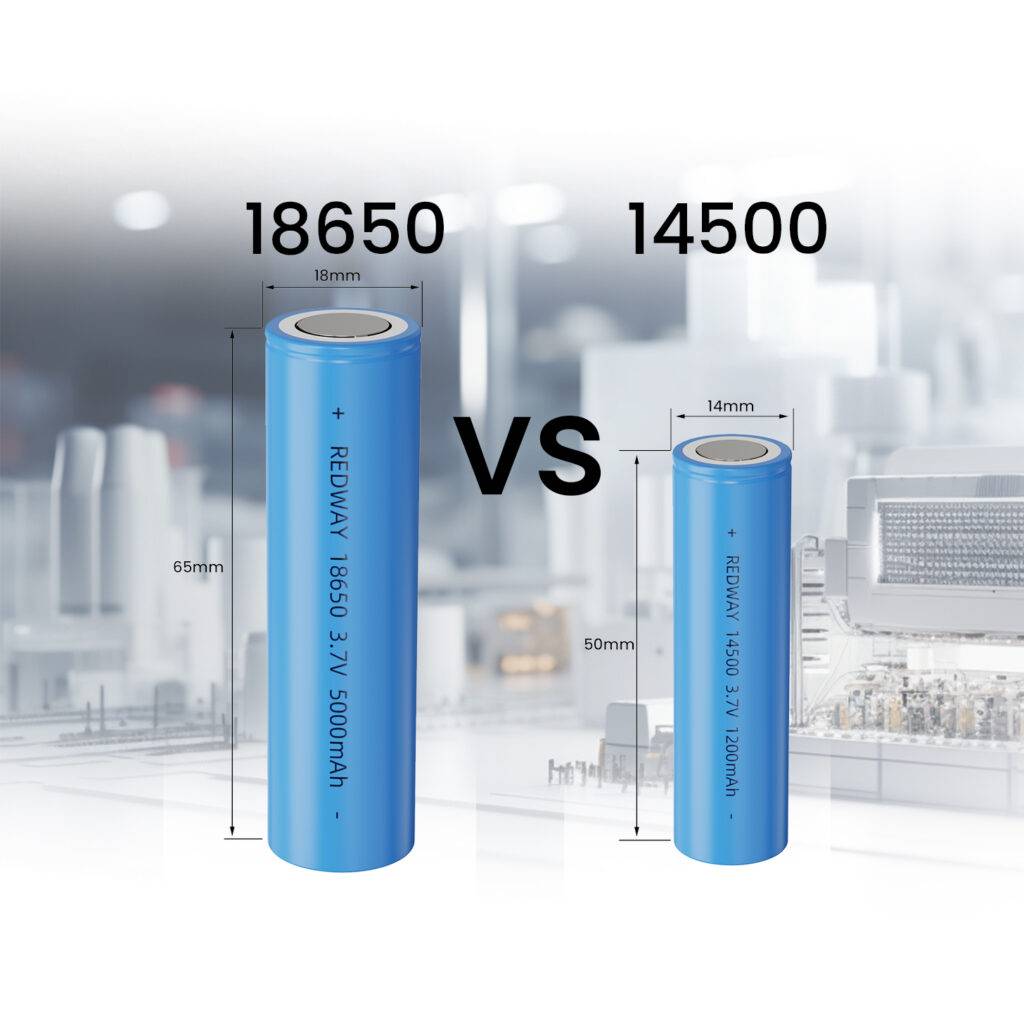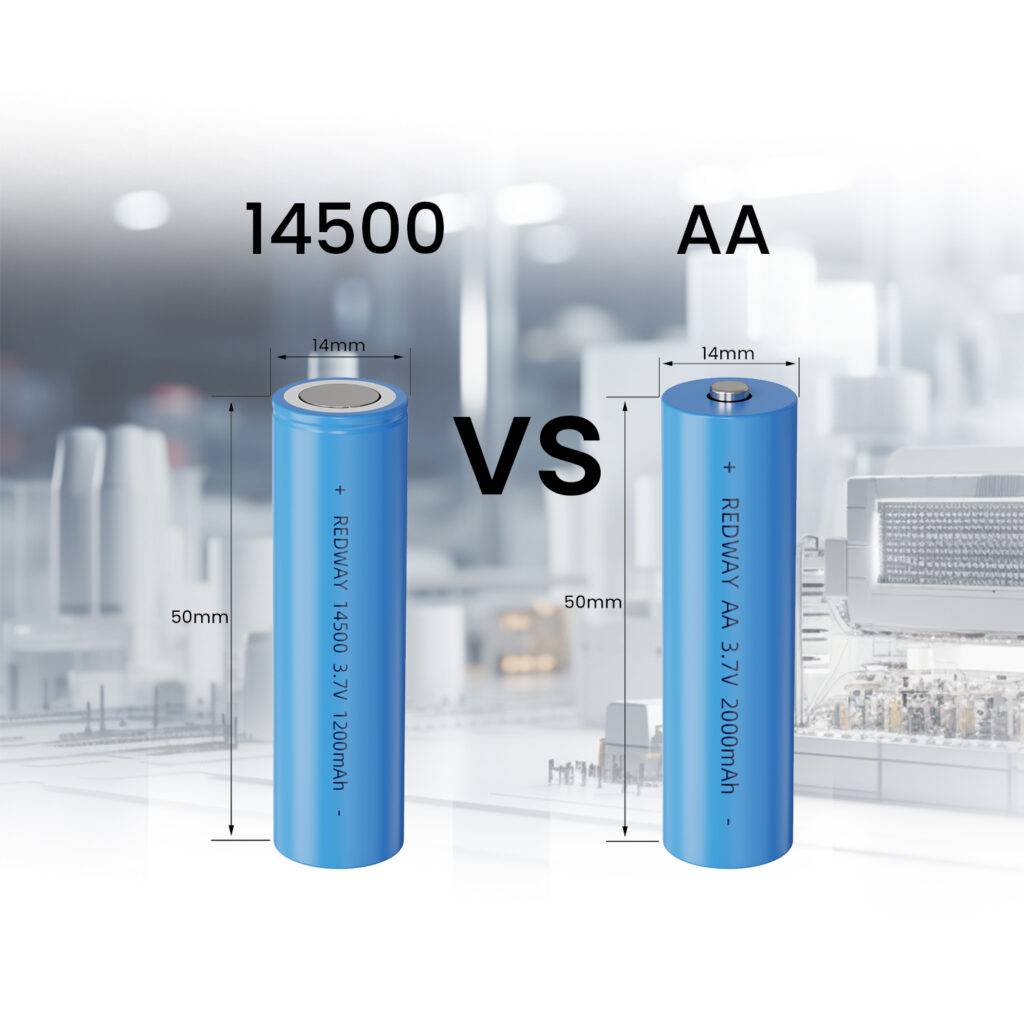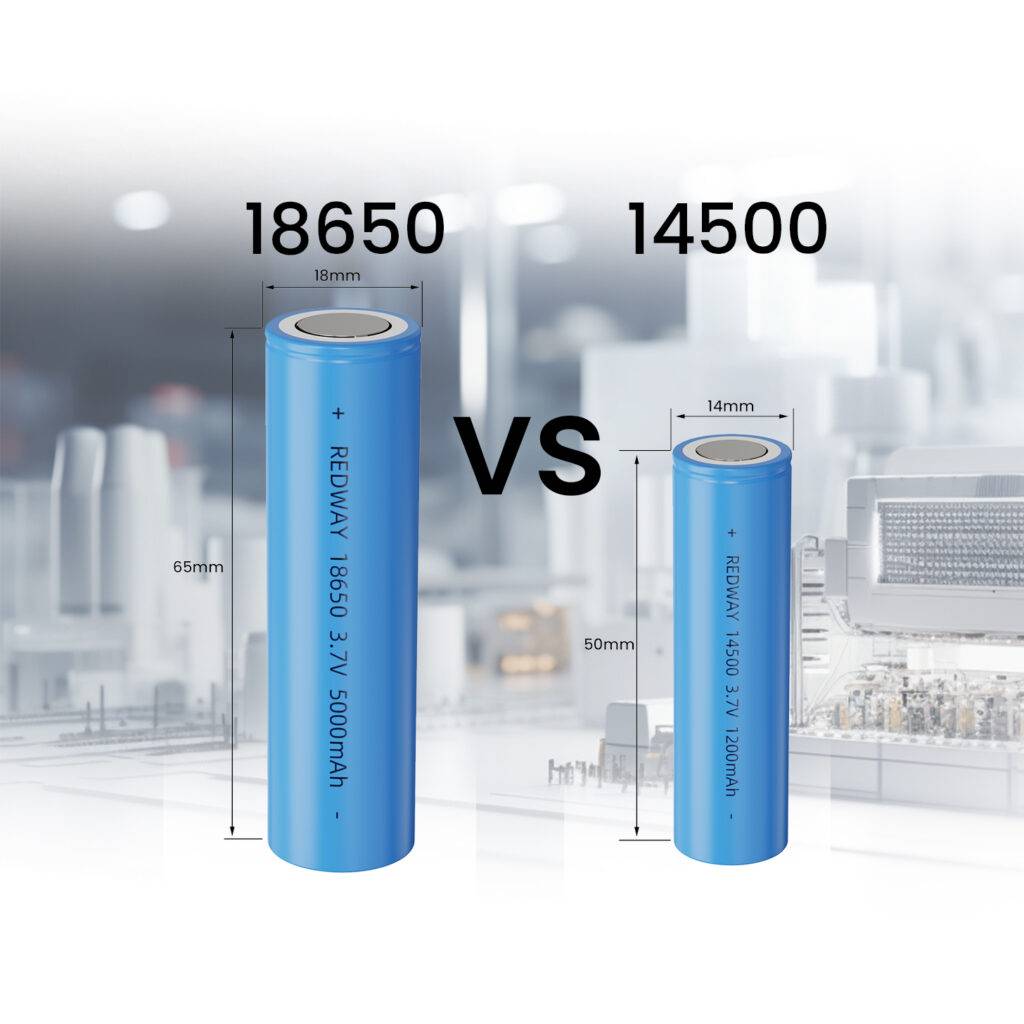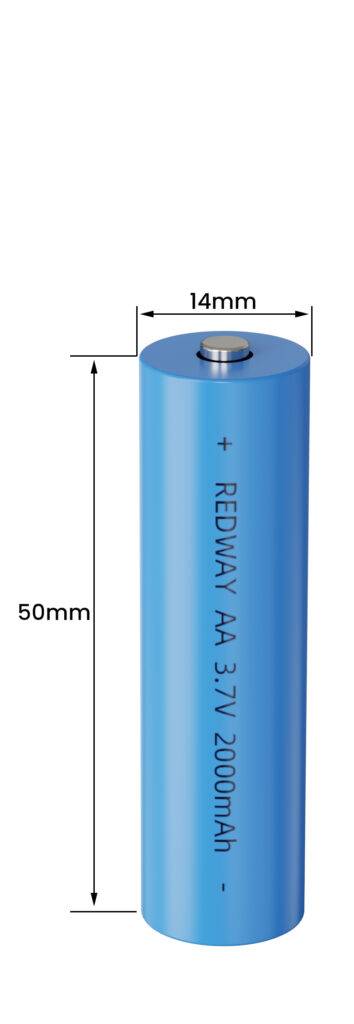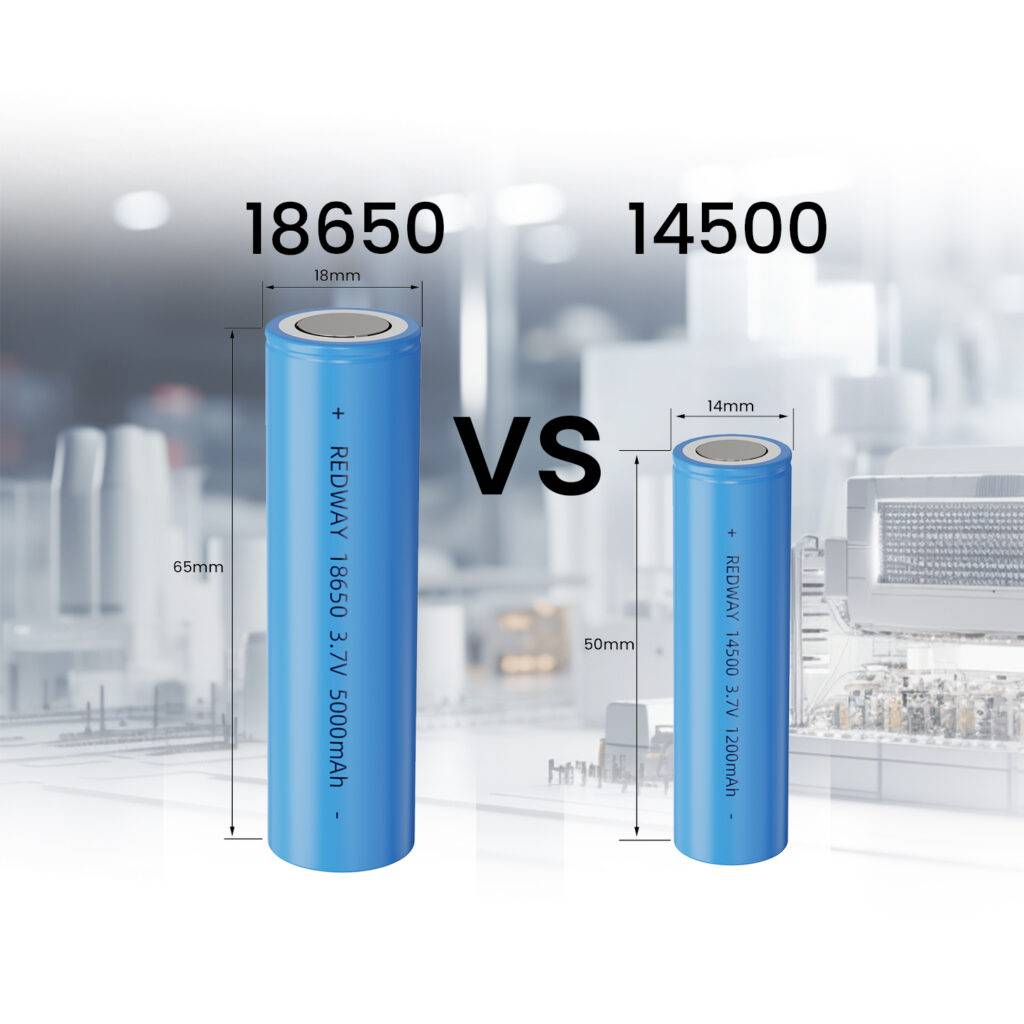The world of batteries can seem complex, especially with numerous designations and chemistries available. One such intriguing battery type is the 14500 cell, often compared and mistaken for the ubiquitous AA battery. In this article, we’ll delve into the 14500 battery, its equivalents, and provide insights to help users understand their options.
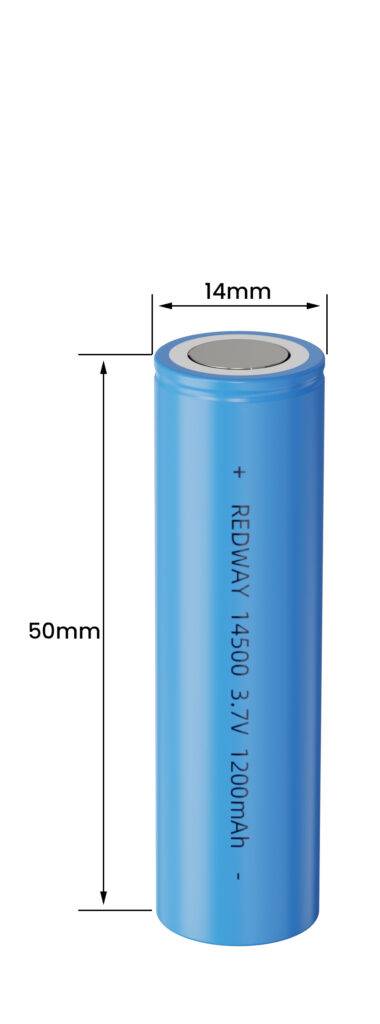
#post_seo_title
1. Introduction to the 14500 Battery
The 14500 is a type of rechargeable battery based on its dimensions: 14mm in diameter and 50mm in length. These dimensions closely mirror the traditional AA battery, making it possible, though not always advisable, to use them interchangeably in some devices.
2. Chemistry of 14500 Batteries
14500 batteries can come in various chemistries, but the most common is lithium-ion (Li-ion). This means a typical 14500 cell has:
- A nominal voltage of 3.7V (compared to the 1.5V of a standard AA alkaline battery)
- Higher energy density
- A longer lifespan with proper care
3. Equivalents and Alternatives
A. AA Batteries: The most straightforward comparison, given their identical sizes. However, the voltage difference (3.7V for 14500 vs. 1.5V for AA) can be problematic in devices not designed to handle the higher voltage.
B. NiMH Rechargeable AA: These are rechargeable like the 14500 and have a voltage closer to standard AA batteries (around 1.2V). They are safer to use in devices designed for AA batteries but don’t provide the same energy density as 14500 cells.
C. Other Lithium-based AAs: Occasionally, you might come across AA batteries with a lithium chemistry (not to be confused with Li-ion). These can offer a longer lifespan and better cold-weather performance but still operate at the standard AA voltage of 1.5V.
4. Important Considerations
A. Voltage Compatibility: Before using a 14500 cell in place of an AA battery, ensure the device can handle the higher voltage to prevent potential damage.
B. Charging: Never charge a 14500 battery in a charger designed for AA batteries. They have different chemistries and voltage requirements.
C. Discharge Rates: Some high-drain devices, like flashlights or electronic cigarettes, may benefit from the higher discharge rates of 14500 batteries compared to standard AAs.
D. Cost: While 14500 batteries may have a higher upfront cost, their rechargeable nature can make them more cost-effective in the long run for frequent users.
5. Tips for Using and Maintaining 14500 Batteries
- Proper Storage: Store in a cool, dry place. Avoid leaving them in devices that won’t be used for extended periods.
- Avoid Deep Discharges: To prolong the battery’s lifespan, avoid draining it completely before recharging.
- Safety First: Use protected 14500 cells, which have built-in mechanisms to prevent overcharging, over-discharging, and short circuits.
- Regular Inspection: Periodically check for signs of damage, bulging, or leakage. If any of these signs are apparent, cease use immediately.
6. Conclusion
While the 14500 battery and its equivalents, primarily the AA, may seem interchangeable due to their identical sizes, the differences in voltage and chemistry make it crucial for users to understand their distinctions. Ensuring compatibility, using the right chargers, and adhering to safety guidelines can make the 14500 a powerful and efficient power source for suitable devices. As with all batteries, knowledge is the key to safe and effective use.


